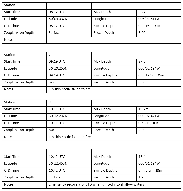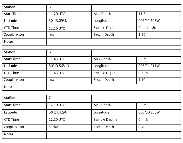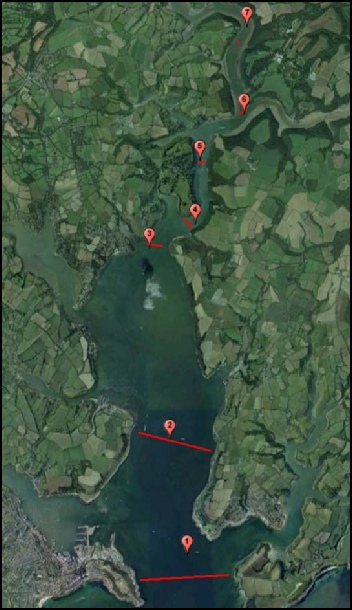
Disclaimer: These findings are the personal interpretation of the students involved and do not reflect the views of the University of Southampton, the National Oceanography Centre or Falmouth Marine School.



On 25th June 2013 a survey of the Fal Estuary was conducted by Group 6 using the RV Bill Conway. The aim of the research was to analyse how the physical, chemical and biological properties change from the Black Rock, Station 1 (closest to the sea) to Station 7 (lowest salinity in the estuary that we were able to reach). Measurements at Station 7 were made at low tide (1304 UTC) in order to obtain samples that were least affected by the sea water. At each station the CTD rosette and Secchi disk were deployed. Biological and chemical analysis has been performed on samples collected from Niskin bottles attached to the CTD. Zooplankton nets were deployed at Stations 1, 4 and 7. At each station horizontal transects were done, using an ADCP, in order to determine how the water column varies across the width of the estuary at different locations.
Conclusion
Combining the ADCP data with the lack of haloclines or thermoclines throughout the water column at each station, it is fair to conclude the entire estuary is well mixed. The calculated Richardson Numbers also back up this idea, with all values being less than 0.25, implying shear instabilities are present which are associated with well mixed behaviour.
From the fact the salinity values recorded at the head of the estuary are relatively high; it is likely to be tidally dominated. The relatively short flushing time scale and far larger residence time also implies the tide has a far greater flushing effect on the Fal than the riverine inputs, therefore also signifying it is tidal dominated.
From analysing the Rossby numbers of the wider (Area 1) and narrower (Area 2) parts of the estuary we can conclude that the Coriolis Effect is far more likely to be relevant in the wider part of the Estuary. The calculated Rossby Radius of Deformation value suggests the length scales of this part of the estuary are too small for geostrophic balance to occur, however considering how wide the estuary is and how weak the tidal currents are it is fair to assume the Coriolis Effect is present. This cannot be completely proved without further analysis. Ideally we would go back to the estuary, and take CTD samples on either side of the estuary to look at the salinity and density variations across the estuary to try and prove the Coriolis Effect is causing the incoming tide to flow up the eastern side, and the outgoing ebb tide to flow down the Western side.
In the estuary the majority of the nutrients behaved non-conservatively, observing a removal of nitrate towards the seaward end of the estuary towards Black Rock. Phosphate also behaved non-conservatively but instead showed an addition towards the seaward end of the estuary, with nearly all of the points plotting above the theoretical dilution line. The one nutrient that behaved conservatively however was silicon where nearly all of the points plotted on the theoretical dilution line although it does show a slight removal of silicon towards the mouth of the estuary. Dissolved oxygen behaves relatively stable throughout the stations that we sampled from, with the exception of the first and last stations. At the first station the surface oxygen levels were supersaturated at 106.5%, which can be linked to the high rate of primary production here as high numbers of phytoplankton were recorded at this station. The other stand out value which was highlighted from the data was at station 7, where, taking into account the higher temperatures, the dissolved oxygen levels are comparatively low compared to the other stations. This can be explained by the high numbers and biodiversity in zooplankton in the water column, which remove oxygen in the water column through respiration. The zooplankton do not behave as expected throughout the estuary, where the expectation is that they will show a gradual increase as you move further up the estuary. The majority of all of the stations consists of zooplankton larvae, which suggests that the estuary is being used as a nursery for invertebrates. The phytoplankton biodiversity and abundance change with position along the estuary. Highlighted stations are 1, 6 and 7. At station 1 the numbers are very high but with low biodiversity as all of the species are diatoms, which can survive in the turbulent conditions of the open water whereas at stations 6 and 7 dinoflagellates are more abundant, with greater biodiversity observed as the salinity deceases from station 1 to station 7, allowing the high salinity-intolerant phytoplankton species to grow and survive.
Data associated with the physical parameters in the Fal Estuary, including findings from the investigation into the possible effects of the Coriolis Force on the outgoing ebb flow.
Findings on nutrients, such as Nitrate, Phosphate and Silicon, throughout the estuary. This also shows information on dissolved oxygen and chlorophyll concentration for each station.
Identification of Phytoplankton and Zooplankton for the various stations throughout the estuary and discusses the relationship between the two and the surrounding chemical and physical factors.

Table 1a and b


